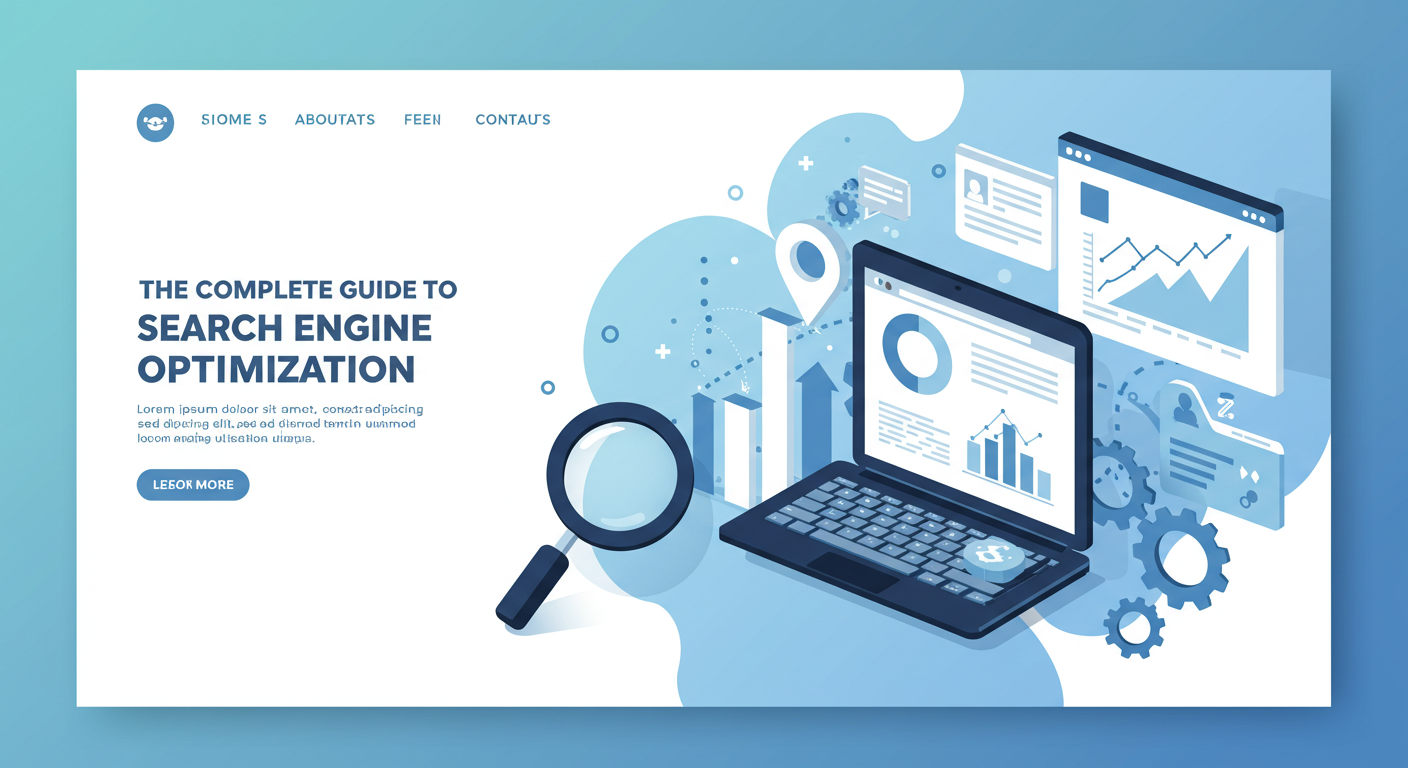Search Engine Optimization (SEO) is the process of improving a website so it can rank higher on search engines like Google. When a site appears at the top of search results, it gains visibility, traffic, and trust from potential customers. SEO is not just about keywords — it’s a combination of strategies that enhance user experience and search engine performance.
The first step in SEO is understanding search intent. People search for information, products, or services with specific goals in mind. A well-optimized site provides valuable answers and creates content that matches this intent. This approach not only improves rankings but also builds credibility.
SEO can be divided into three main categories: on-page SEO, off-page SEO, and technical SEO. On-page focuses on elements within the website, such as titles, meta tags, and keyword placement. Off-page covers authority building through backlinks, while technical SEO ensures the site is fast, mobile-friendly, and easy to crawl.
Another critical aspect is content quality. Google rewards sites that provide fresh, useful, and engaging content. Blog posts, guides, and FAQs that address common questions help attract both readers and search engines.
Finally, SEO is a long-term investment. Unlike paid ads, organic rankings take time to build, but the results last longer and bring sustainable traffic. Businesses that prioritize SEO gain a competitive advantage in the digital landscape.
